Vanillekipferl (Vanilla Crescent Cookies)

I think there is no Austrian that never ate vanillekipferl (crescent cookies with almonds and vanilla) and who doesn’t like them. These half-moon-shaped vegan Christmas cookies are beyond delicious and very traditional over here. December and vanillekipferl actually go hand in hand. Even though the recipe itself is very easy, there are a few things to consider. In this post, I am sharing with you all the simple tricks you need to know, to bake the best vanillekipferl. The result is nicely soft, that they almost melt in your mouth.
As far as I know, vanillekipferl dough in Austria is usually prepared without eggs anyway. I would also say that original vanilekipferl are Viennese, or come from Austria at least. But, like so many other things, they are an Austrian-Bohemian delicacy that can also be found in Germany.
Tomorrow you’ll be a housewife
This wonderful vanilla crescent cookies recipe is so classy and good, that it could be from a grandmother. It actually is from the Austrian school book “ Morgen bist du Hausfrau” *), which could be translated as “Tomorrow you’ll be a housewife”. It’s from 1971 when girls were still learning at school how to run a household. After all, women at that time were often housewives and in Austria needed their husbands’ consent if they wanted to work (this remained the case until 1975. Fortunately, this is already unimaginable today).
Anyway, this book is brilliant when it comes to original Austrian classics, like these delicious Christmas cookies. For the recipe, I multiplied the amount by 1.4 – because the original one wasn’t enough for me. In addition, you get 250 g of vegan butter, a whole pack, which makes it easier to weigh. In the original recipe “margarine” is used. So the original is also working without butter. And without an egg! A shortcrust pastry doesn’t need that at all. More on that later in the “troubleshooting” chapter.
A bizarre piece of information about the cookbook: The following ingredients can be found in the two-page (…) “chapter” “dishes without meat”: bacon, minced meat, sausage, beef soup, and anchovy fillets. I used to hear that too often, “ah, the bit of sausage isn’t even meat!!”. Lol, not. But the delicious vanilla crescents at least are vegan by nature.
Ingredients
As mentioned earlier, shortcrust pastry doesn’t need an egg at all. With an egg as an ingredient, the cookies are easier to shape, but they tend to be dry and hard instead of tender. Good vanillekipferl are crumbly and almost melt in your mouth. And instead of butter, vegan (unsalted) butter is simply put in, i.e. margarine (one that you can also bake with, which is usually the case).
For vanillekipferl, you also need powdered sugar (icing sugar) and ground nuts. Usually, and also in this recipe, they are prepared with ground almonds. You can use hazelnuts or walnuts instead, or a blend of them.
In addition to vegan butter, powdered sugar, and ground almonds, vanilla crescents also contain flour, simple all-purpose flour is fine. That was it. And vanilla sugar mixed with powdered sugar for topping. Ok, admittedly, not a recipe from the healthy category, but tasty, easy, and cheap – at least a lot cheaper than store-bought homemade vanillekipferl.
Vanillekipferl dough – tips and troubleshooting
Actually (…) vanillekipferl are quick and easy to make yourself. But (…) there are a few things to consider. If you follow the tips below, then nothing stands in the way of your delicious Xmas cookies.
Probably the greatest “secret” in the preparation of Austrian vanilla crescent cookies is speed when kneading and shaping! And with that comes the temperature of the dough. Because kneading and shaping for too long separates the fat from the flour, causing the dough to lose its binding and become crumbly. In addition, the end result is sometimes hard and breaks.
The amount of information that is following below should not overwhelm you, but should be helpful tips. You don’t have to memorize all this, it’s just good to have heard or read it.
Be quick and keep cool
- First, the dry ingredients (flour, ground almonds, and powdered sugar) are mixed together before the vegan butter, cut into small cubes for easier mixing, is added straight from the fridge. That the butter stays nice and cold during processing, I usually cut it into cubes beforehand and then briefly cool them again.
- Then everything is kneaded together as quickly as possible. It’s easiest to do this on a work surface (I roughly mix the ingredients in the bowl and then take the clump out for further kneading).
- You can use your kitchen machine too. In this case, don’t add the butter at once, but a few pieces by a few pieces.
- Once the dough has been kneaded into a smooth ball as quickly as possible, wrap it in cling film and put it in the fridge for an hour.
- Incidentally, the dough is also wrapped in foil and cooled if it is sticky. So please don’t add any flour then, but put the dough in the fridge so that the fat it contains hardens again.
- This amount is enough for about two baking sheets. Therefore, only take out one part for shaping and leave the rest in the fridge until part one has been processed.
- What can also happen if the dough is too warm that your cookies melt in the oven and become flat. If, for whatever reason, the vanillekipferl are already quite soft and warm before baking, it can help to cool the entire tray, with the vanillekipferl on top, again before baking, e.g. in a cool staircase or on a balcony. This back and forth isn’t particularly good for the dough, but it’s better than putting a warm vanillekipferl dough in the oven.
- The dough will also become crumbly if the butter is too cold. A small consolation: When shaping at room temperature, it will go away by itself. Just don’t be too quick here. Just generally work quickly, then it’s good.
More tips follow (everything is then summed up in the recipe itself).
U like Vanillekipferl
That brings us to the next point: how to form vanillekipferl? Again, there are a few simple but important tips to keep in mind:
- Basically, the same applies as with kneading: work quickly.
- It is also important to shape evenly sized vanillekipferl so that some don’t brown in the oven while the others are still raw.
- They should also be fairly even in thickness. So you shouldn’t sharpen the ends, otherwise, they’ll easily burn during baking. For me, it always ends up looking like a U, with slightly rounded ends.
- To shape, take a piece of dough about the size of a walnut (not bigger, just a touch smaller), roll this ball between your palms into a (tender and slim) finger-thick roll, shape it into a U and place them side by side on a baking sheet lined with parchment paper.
- The vanillekipferl get bigger as they bake! So leave some space between each cookie and shape them smaller accordingly (I almost always forget to do that…).
- And no, crescent cookies for the lazy don’t exist: you can’t cut them out, not even with a half moon-shaped mold. So technically it’s possible, but please don’t call it vanillekipferl anymore. Shaping by hand is really quick – it has to be.
Once the dough is ready, and you’ve used it to form vanillekipferl, you can start baking.
Finally
There is actually not that much to consider here. Of course, the temperature has to be right. In my last oven, 160 degrees (320 Fahrenheit) top and bottom heat was enough. In the new apartment, I bake the vanillekipferl with 170 degrees (340 Fahrenheit) top and bottom heat.
It’s important that you don’t touch the warm vanillekipferl or shake the baking try with the cookies on it too much, they will break just by looking at them (okay, almost). Just dust them generously with powdered sugar mixed with vanilla sugar, using a sieve (see the video below).
When the vanillekipferl have cooled completely, they can be placed in the cookie jar, turned again and rolled in the excess sugar. By the way, they can be kept for about four weeks in a well-sealed can, stored as cool and dry as possible – if you hide them well from yourself.
@plantbased.redhead
💚 Vanillekipferl (Austrian Crescent Cookies with Almonds and Vanilla) 🎄🍪💛 Recipe now on my blog plantbasedredhead.com
♬ Let It Snow! Let It Snow! Let It Snow! – Dean Martin
Vanillekipferl (Vanilla Crescent Cookies)
Recipe details
Ingredients
- 330 g (11.5 oz or 2.5 cups) flour (all-purpose flour)
- 140 g (5 oz or 1.2 cups) (unpeeled) almonds, ground
- 80 g (2.8 oz or 3/4 cup) powdered sugar for the dough & approx. 90 g (3.2 oz or a bit more than 3/4 cup) extra powdered sugar for dusting and rolling the baked vanillekipferl
- 250 g (8.8 oz or 1 cup) vegan butter
- 1 tbsp vanilla sugar (see note, or 1.5 sachets of vanilla sugar, each 8 g or 0.3 oz)
Instructions
- Mix the flour, almonds, and 80 g powdered sugar in a bowl.
- Cut the cold butter into cubes and add them to the dry ingredients.
- Work everything quickly into a smooth dough with your hands and place it in the fridge for about 60 minutes. Meanwhile, preheat the oven to 170 degrees (340 F), top and bottom heat.
- Quickly form little half-moon-shaped cookies of the same size and thickness from walnut-sized pieces of dough. Bake with space in between (they get bigger when baking) on a baking tray lined with baking paper for about 13 minutes (keep an eye on it from ten minutes on). They should only start to get a "tan", but stay light.
- When they are finished baking, while they are still hot, mix approx. 90 g of powdered sugar with vanilla sugar and sprinkle it directly on the baking sheet (a fine metal sieve is helpful) and only mix carefully with your hands when they have cooled down.
Tips
- I tried to convert the units from grams to cups with the best of my knowledge and conscience. It should work. But I only guarantee you a perfect result if you weigh the ingredients.
- In the post above this recipe, I share with you some tips and tricks for vanilla crescents that are sure to succeed. Have a look at it. They're simple things to consider, so it's good if you've heard of them.
- Instead of buying, artificial or completely overpriced vanilla sugar, I mix it myself in small empty glasses (with lids). For this, I take real, ground vanilla (such a small sachet is more than sufficient) and mix it with sugar, I mostly use birch sugar so that I can also use it for "healthy cakes". So far, I don't have a fixed mixing ratio. About 1/4 tsp (that's about 1/2 pkg) with a few tablespoons of sugar. You will soon notice how intense it smells and tastes, even if the vanilla sugar is gone, and you just put pure sugar in the glass.




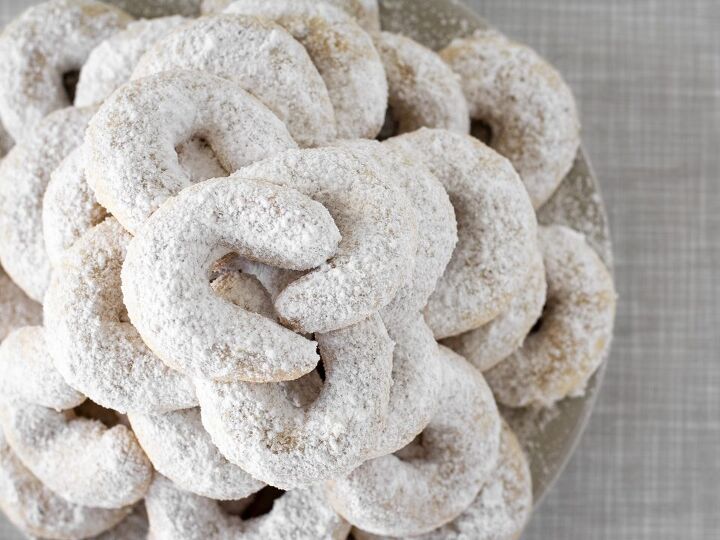







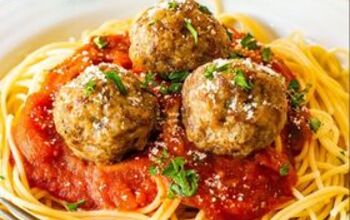


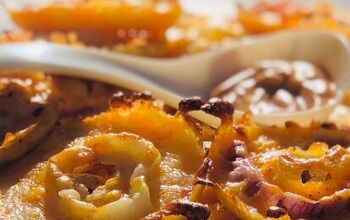
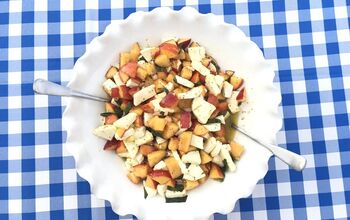

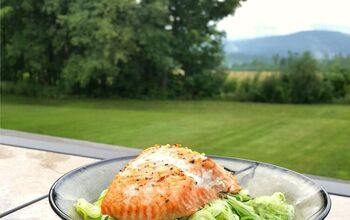
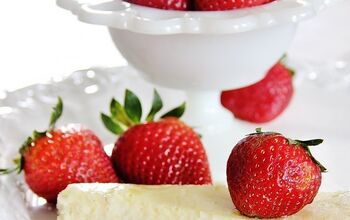
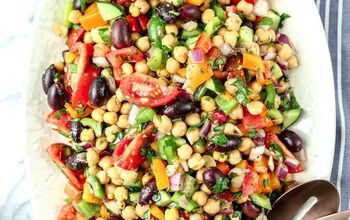

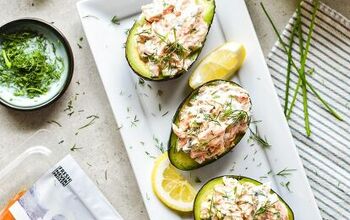
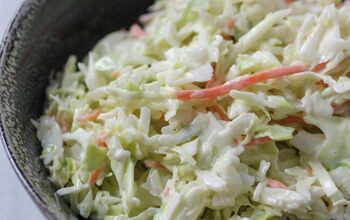
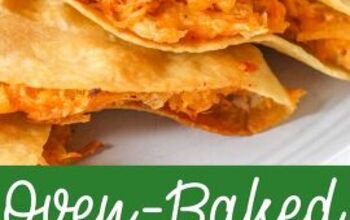

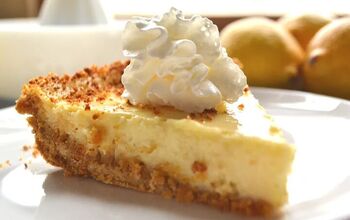
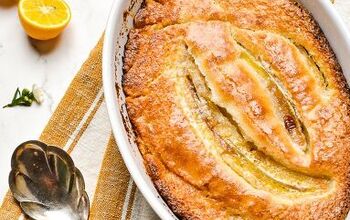
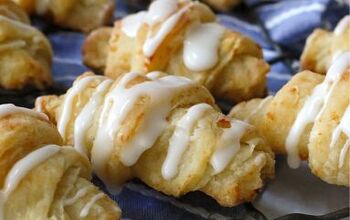

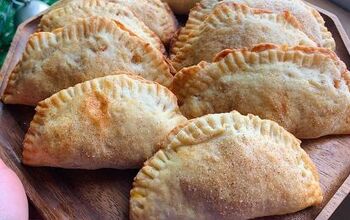
Comments
Share your thoughts, or ask a question!